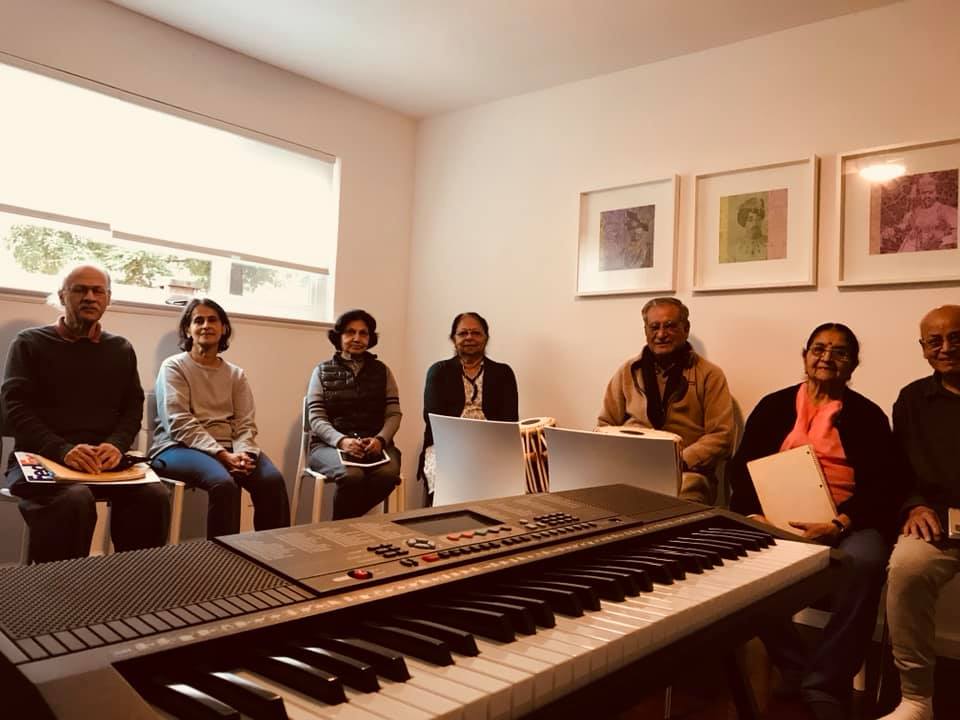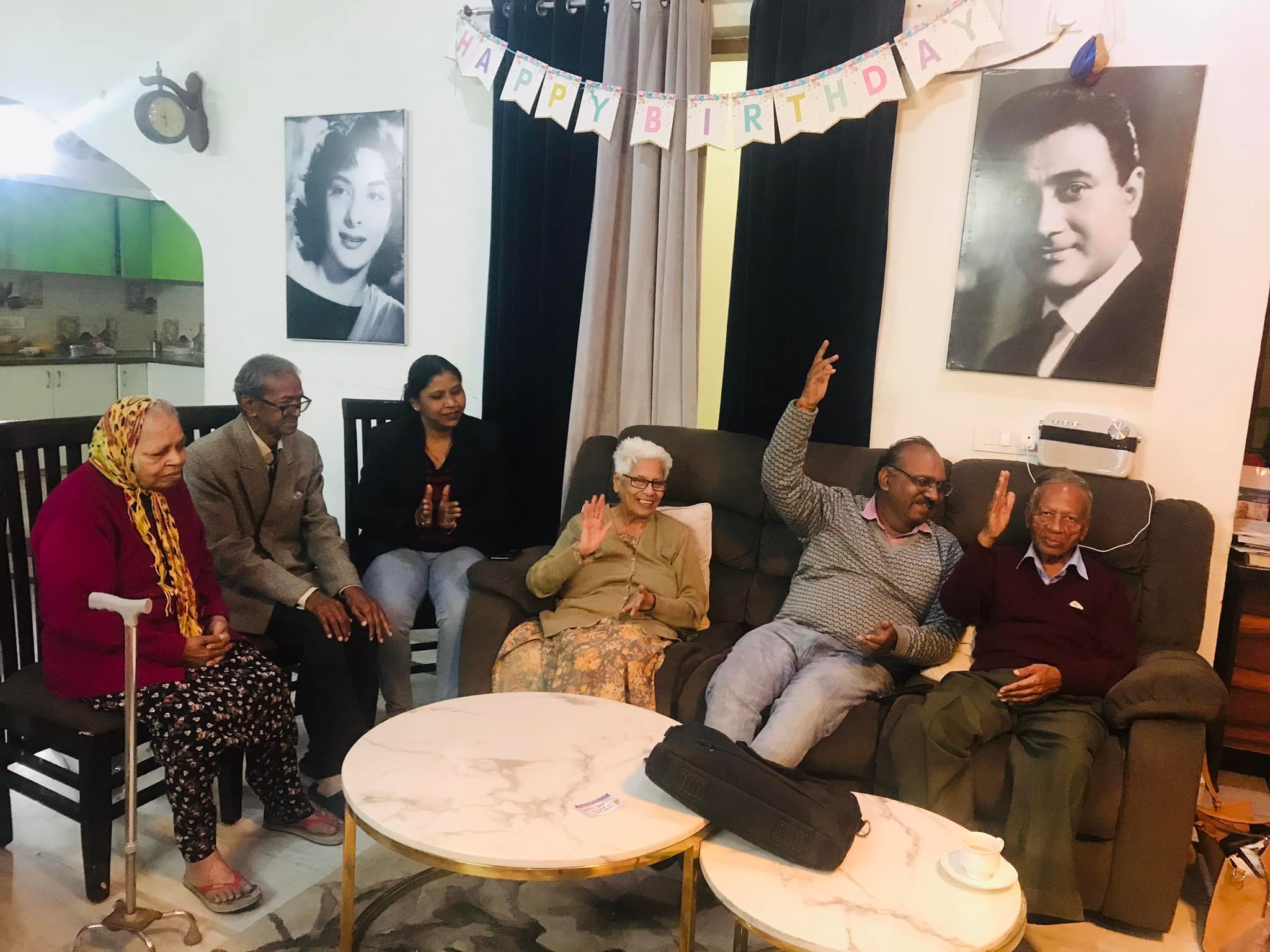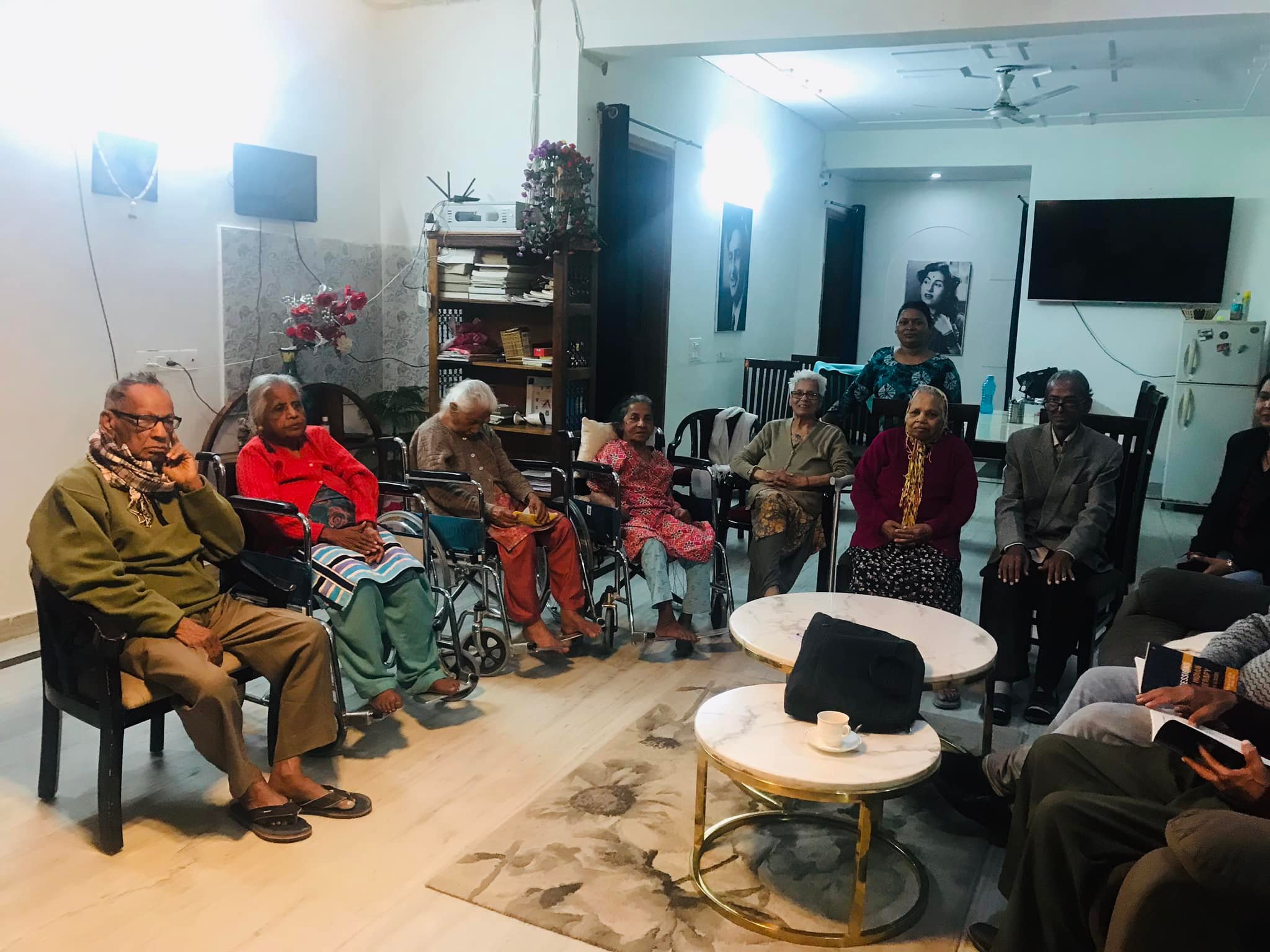Donation Information
Navya Foundation
Bank Name - Kotak Mahindra Bank
Account Name numbe - 1011560590
IFSC - KKBK0000958
- Call Us Now :+919289023337
- Send Us Email :navyafoundationindia@gmail.com
Group NMT Sessions
Group NMT Sessions
The role of Music in therapy has undergone some dramatic shifts since the early 1990s,driven by new insights from research into music and brain function.Brain research involving music has shown that music has a distinct influence on the brain by stimulating physiologically complex cognitive,affective, and sensorimotor processes.Furthermore,biomedical researchers have found not only that music is a highly structured auditory language involving complex perception,cognition, and motor control in the brain, but also that this sensory language can effectively be used to retrain and re-educate the injured brain. Translational biomedical research in music has led to the development of “clusters'' of scientific evidence that show the effectiveness of specific music intervention.In the late 1990s, researchers and clinicians in music therapy,neurology, and the brain sciences began to classify these evidence clusters into a system of therapeutic techniques that are now known as neurologic music therapy (NMT).
In all rehabilitation, it is very important that physicians, nurses, therapists, and caregivers speak to the patient and provide appropriate sensory stimulation. In this respect, music- conceived as a non verbal auditory temporal language-like semantic and syntactic structure-can help to improve the patient’s functioning. Therefore rehabilitative
neurology is necessarily interested in exploiting music as a treatment tool.Rhythm is a major characteristic of music .However,rhythmic oscillations also play a major role in the neuroscience.The human brain waves detected by electroencephalography (EEG) and magnetoencephalography (MEG) are very good examples of this.Neuroimaging studies have recently shown that clearly defined parietal,frontal and cerebellar areas are involved in the processing of rhythmicity. The principles and techniques of neurologic music therapy blend nicely with concepts of motor rehabilitation.The first and most important step toward a neurobiologically based use of music in the treatment of patients with motor problems was the scientific development of the technique of rhythmic auditory stimulation (RAS).The basic idea behind this concept is that repetitive rhythmic acoustic sensory signal can entrain and facilitate rhythmic movements.Over the past decade,translational research in music and brain function has driven the broadening of the scope of neurologic music therapy to address non-motor functions as well, such as perception,cognition,linguistics, and emotion.Music provides a uniquely richly textured and temporally structured auditory environment that offer efficient stimuli to shape auditory attention, to overcome hemispatial neglect, to create basal sensory stimulation for disorders of consciousness, to offer mnemonic “ scaffolds”
for memory training ,to access and train alternative
language centers in the brain, or to challenge and
exercise”creative reasoning strategies” in executive
function training.
Twenty Techniques of Neurologic Music therapy is
developed for people suffering from
Cognitive,Sensorimotor and Speech dysfunctions arising
from neurological diseases of the nervous system.
A)Cognition B) Sensorimotor C) Speech and
communication




